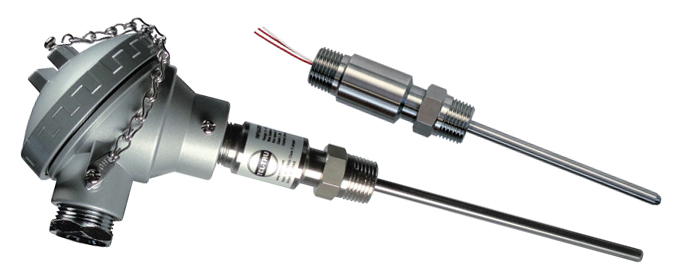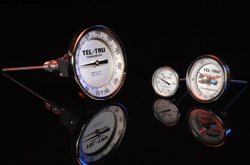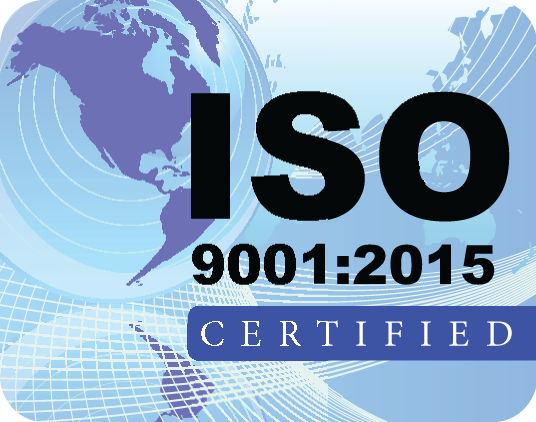Transmitter considerations for minimizing the effects of EMI in your RTD installationsAn RTD sensor uses a small resistive element that varies with changes in temperature. Both the voltage and current levels are very small, making them vulnerable. The signal wires, in most industrial environments, can act as antennas to the wide range of noise or electromagnetic interference (EMI) present. EMI from power, lightning, electric motors, and wireless communication devices are common sources that create problems, particularly when devices are turned on and off. What is the effect of EMI on an RTD measurement?Accuracy and consistency will suffer if EMI is allowed to disrupt the RTD output. Severe problems can be seen by logging the temperature and looking for abnormal spikes or dips. Less prominent effects will be more subtle.What are the best ways to minimize errors from EMI?Since sensor wiring length equates to the length of the "antenna", keep wiring as short as possible. Further improvements can be achieved using shielded twisted pair cable, which ensures sources of EMI have an equal and opposite effect on loop current, negating much of the impact. The most effective and most common technique is to include a RTD transmitter as close as possible to the sensor. The transmitter acts as an amplifier and boosts the low level RTD signal to a level that is much more immune to the effects of EMI. Another great advantage of using a transmitter is that the output will be in an industry standard format such as 4-20mA, which can be tied directly into a system input such as a PLC input card. RTD assemblies such as the Tel-Tru Industrial and Sanitary models which include a transmitter inside of a metallic housing will be immune to all but the most severe effects of EMI. |
 |
|
If you have any questions about how EMI may impact the installation of your RTD sensor, feel free to
contact our experts. |


